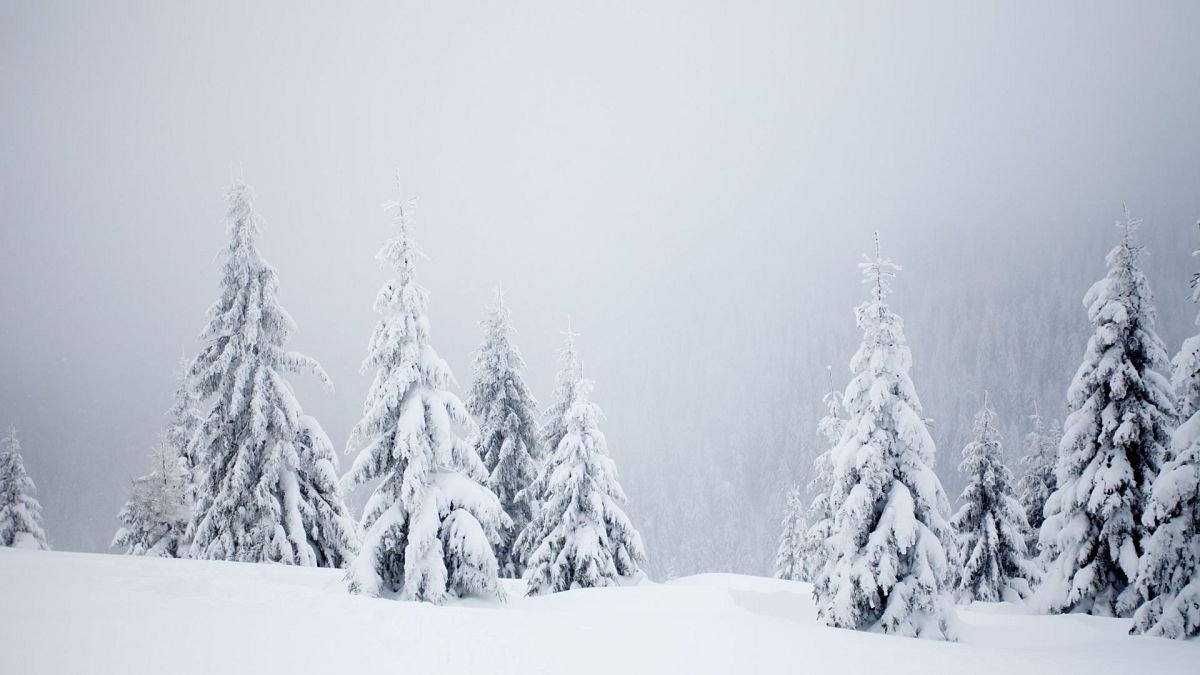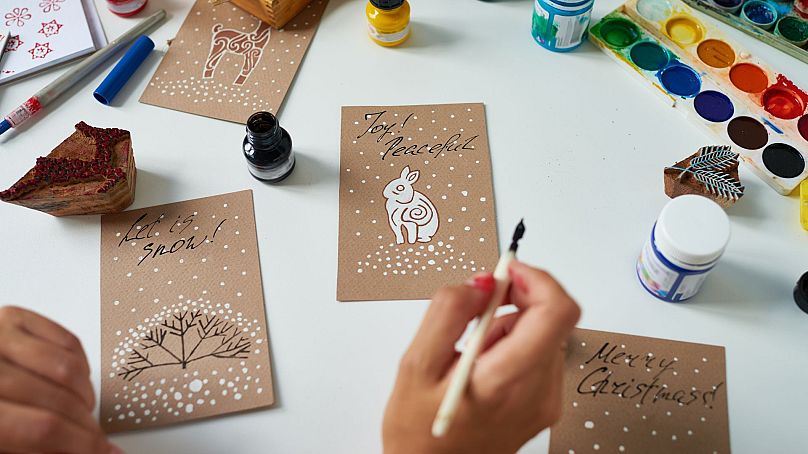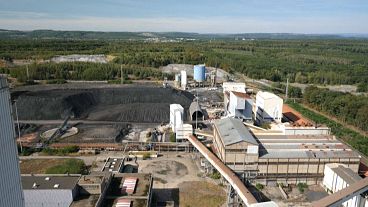In the popular imagination, Christmas is synonymous with snow. But as climate change bites, how likely is snow on Christmas Day?
Dreaming of a white Christmas?
From snowmen to sleigh rides, much of the cultural imagery of Christmas revolves around wintry weather.
Even in the Southern hemisphere - where Christmas falls in the middle of summer - Christmas cards and decorations often feature glistening carpets of snow.
But as climate change wreaks havoc with traditional weather patterns, will such dreamy scenes become a rarity everywhere in the world?
In short, yes. But don’t throw out your mittens just yet - it’s complicated.
Is climate change making a white Christmas less likely?
There's no mistaking it - the earth is overheating.
2023 is going to be the hottest year since records began.
Between January and November, the average temperature was 1.46 degrees above averages recorded in the pre-industrial period and 0.13 degrees above 2016's record, the year that held the record until now.
Without radical emissions cuts, we are on a pathway to exceed 3°C of global warming by 2030.
The UN has warned that existing climate pledges provide ‘no credible pathway’ to preventing temperature rises above 1.5 degrees on pre-industrial levels.
Intuitively, this seems like it would make a white Christmas less likely.
“White Christmases were more frequent in the 18th and 19th centuries,” says the UK Met Office.
“Climate change has brought higher average temperatures over land and sea and this generally reduces the chances of a white Christmas.”
Where can you guarantee a White Christmas?
Your chances of a snowy Christmas obviously depend on where you are in Europe. In some places - like the Alps, or Scandinavia - snow is common.
White Christmases will likely continue to occur. However, it’s not guaranteed.
Scientists predict a “significant decrease in snow depth” in the Pyrenees over the next 50 years.
According to a 2021 study published in the Hydrology and Earth System Sciences journal, the number of snow days in the Alps will halve by 2100 if greenhouse emissions remain high.
Mountains at 2,500 metres will lose 76 days - nearly three months - of snow days. Areas below 500 metres altitude will record just five snow days per year.
But the power to prevent this scenario is still in our hands. According to the study, cutting emissions in line with the Paris Agreement would save more than 80 per cent of snow days in the Alps.
What about areas where it is typically milder?
In areas where the temperature is typically milder - like the United Kingdom, or parts of France, Italy, and Germany - the likelihood of snow is slowly diminishing. When the temperature is above freezing, winter precipitation falls as rain.
According to a 2020 study, snow could disappear from all of the UK by the end of the century.
“We’re saying by the end of the century much of the lying snow will have disappeared entirely except over the highest ground,” Senior Met Office scientist Dr Lizzie Kendon told BBC Panorama.
“The over-arching picture is warmer, wetter winters; hotter, drier summers.”
In Germany, the chances for a snowy Christmas have also declined in recent decades.
“Weather records show that in the 1970s, white Christmas, or at least the according cold temperatures, occurred about every three or four years,” Peter Hoffmann, from the Potsdam Institute for Climate Impacts Research, told Inside Climate News.
“With the average late December temperature increasing by about 1 degree Celsius, the odds for Christmas snow have decreased to about every five to eight years.”
Will climate change make winter storms more intense?
This is a complicated question to answer.
In the U.S, 64 per cent of locations have a decreased chance of a white Christmas compared to the 30 year 1981-2010 average.
But 31 per cent increased their probability of a white Christmas.
This is because in some areas climate change increases the chances of heavy snow.
A warmer world is more humid, with more moisture in the atmosphere. This moisture eventually falls as rain or snow.
This is why climate change increases flooding.
But when the temperatures are sufficiently cold, the increased moisture will mean intense blizzards.
For example, America’s 2010 ‘Snowmageddon’ blizzards have been linked to high Atlantic ocean surface temperatures.
In conclusion, climate change is going to mess with weather patterns in ways we can't yet fully comprehend. White Christmases may become a thing of the past in milder climes, but winter storms could also become more dangerous.




